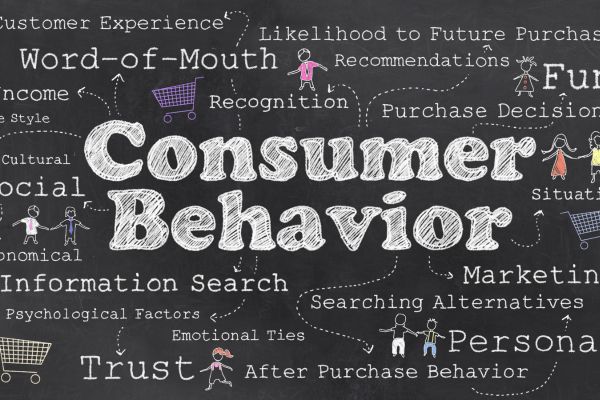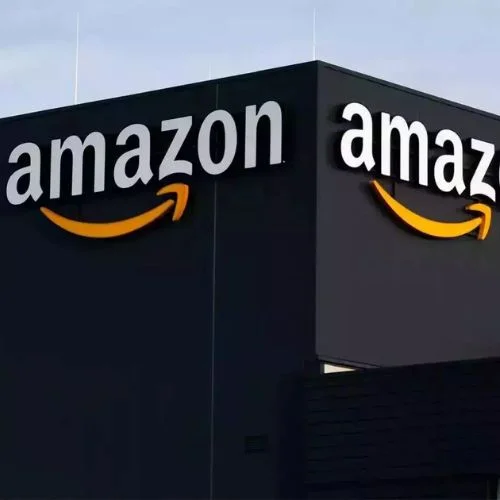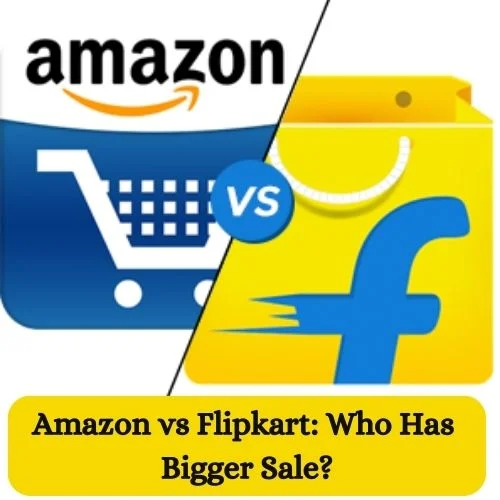E-commerce is an innovative way for companies and customers to purchase and sell products electronically. The traditional retail industry has been significantly impacted by the emergence of e-commerce as consumers are shifting more and more in their favor.
To remain in business, ecommerce compels them to adapt and innovate. In 2020, e-commerce sales surged by 43%, which is approximately $250 billion, and they are still increasing and will keep expanding. This case study focuses on how e-commerce affects conventional retail. And how it influences the behavior that customers exhibit.
Change in Consumer Behavior
A key characteristic that lures clients to e-commerce is unquestionably the simplicity of usage. It enables us access to an extensive variety of possibilities, makes it possible to read product reviews, and lets us compare costs. E-commerce overcomes the restrictions that traditional retail possesses, such as shopfronts and business hours.

Furthermore, the growth of e-commerce has contributed to a spike in consumer interest in technology. Customers have access to an extensive range of possibilities, within the warmth of their own homes, with the help of smartphones and other electronic gadgets. Customers are drawn towards e-commerce through websites that are tailored to their tastes, keeping them from turning back. Customers are drawn towards e-commerce through websites that are tailored to their tastes, keeping them from turning back.
Comparison of Product Options
Unlike traditional shopping, e-commerce platforms offer a wide array of alternatives. It gives us the opportunity to check out merchandise while comparing similar products on several websites. It assists us in making price comparisons and eventually offers discounted rates. By supplying an enormous range of products and accountability, e-commerce has rendered it challenging for traditional retail to compete with its product accessibility.
Pricing and Discounts

E-commerce is capable to supply items at competitive prices since it excludes brick-and-mortar shops. The bright bargains, discounts, and promotions offered by online retailers allure consumers on a tight budget. Customers can effortlessly assess costs on multiple websites with the help of e-commerce, which raises hurdles for traditional businesses. Due to this pricing advantage, consumers were compelled to transfer to online retailers, which diminished foot traffic in traditional stores.
Personalization and Recommendations
For an improved shopping experience for customers, e-commerce incorporates cutting-edge algorithms and data analytics. E-commerce platforms distinguish themselves apart from traditional retail as they provide customized product suggestions, targeted pricing, and marketing campaigns. This kind of personalization boosts customer satisfaction and encourages people to remain loyal to online retailers, which affect revenue at traditional stores as they are unable to offer personalized assistance.
Online Reviews and Social Influence
There is not much debate that the prevalence of social media influences purchases. Customers rely on Internet recommendations, social media influencers and reviews when making purchases.

To lure in consumers, online companies employ media influencers to promote their brands. Traditional retail does not receive the same degree of media coverage as online retail since they are unable to compete with e-commerce on social networking sites. As a result, people see online shopping as being more approachable and interactive.
Impacts on Traditional Retail
E-commerce has had a major effect on conventional brick-and-mortar stores. Online purchasing has been increasingly popular with consumers in recent years. Due to rising rivalry from e-commerce, conventional merchants are being compelled to adapt and innovate.

Less foot traffic has resulted from a dramatic decrease in the number of customers visiting traditional stores. In the end, this ultimately results in store closures. Extreme techniques have to be developed by traditional shops to save their business.
Customers are able to assess and compare the quality and pricing across numerous websites and mobile applications due to internet shopping’s intuitive characteristics. Customers are moving toward online purchasing as a result of the cheaper pricing and price transparency they offer. Traditional businesses go above and beyond to retain customers.
Omni channel Experience
While e-commerce has confronted Traditional Retail with a number of challenges, it has also created several opportunities for integrating Online and Offline Services. Many retailers have implemented Omni channel strategies that let customers order online and pick up their purchases in-store. In order to lure customers to traditional stores and maintain their business in the digital age, the majority of retailers have entered the ecommerce industry.
Conclusion
This case study exhibits its significant influence on ecommerce through consumer behavior. Customers favor ecommerce to traditional stores owing to its ease of use, availability, wide range of products, price comparison, customization, social influence, and Omni channel experience.
Traditional shops must take drastic measures in order to stay in business. But why haven’t the old brick-and-mortar places vanished? Because there is still an appetite for and desire for them. No substitute exists for the sensations of touch and feel. As the blue screen of ecommerce is unable to provide this feel, traditional retailers remain superior.















